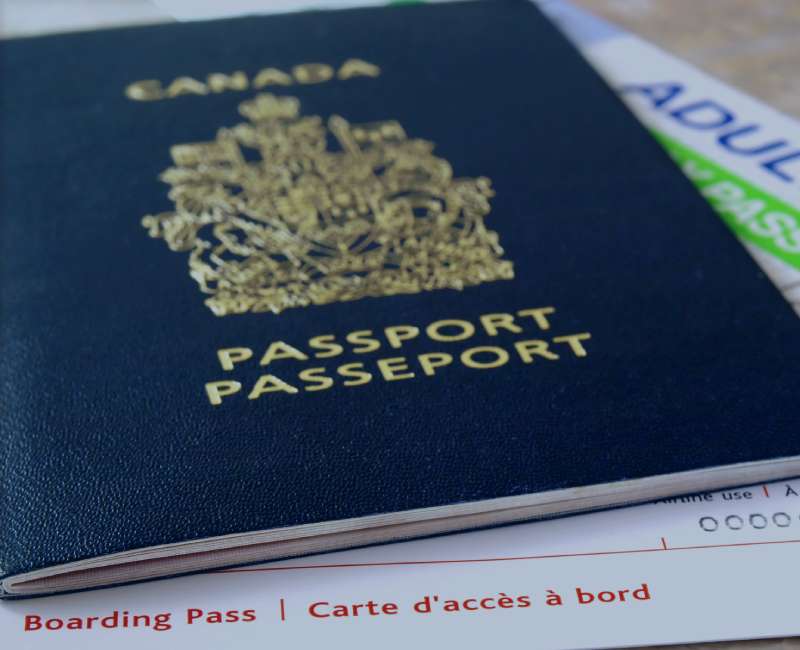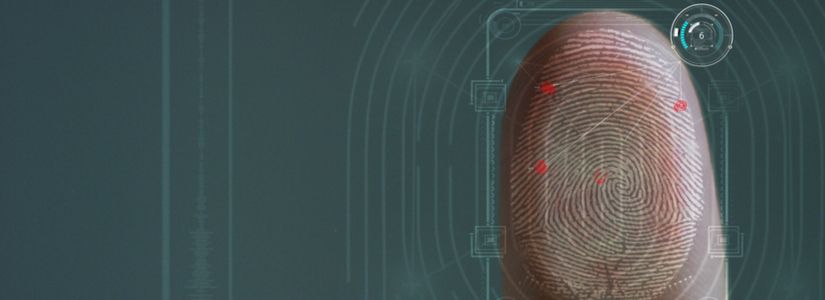
Biometric passports are becoming more and more common for international travel. These modern documents employ digital technology to provide greater security and efficiency when crossing international borders. Canada is one of several countries that now issue biometric passports.
Also known as electronic passports or ePassports, having one will make travelling to Europe much easier with the launch of the ETIAS visa waiver.
This travel authorisation system will grant visa-free entry to the majority of European Union (EU) and European Free Trade Association (EFTA) member states and will require Canadian nationals to have a biometric passport.
Learn more about Canadian ePassports and how they can be used to travel to European countries in the brief guide below.
What is a biometric passport for Canadians?
Canadian biometric passports, or ePassports, are modern travel documents with an electronic chip. This device contains all of the information about the traveller that is found on the passport, including biometric information.
This refers to human characteristics that can be used to identify a person, such as an image of their face.
How does a biometric passport work?
The presence of the electronic chip means that the ePassport can be scanned at immigration control when entering a country to verify the passenger’s identity quickly and securely.
Airports that are equipped for biometric passports usually have electronic gates (e-gates) that travellers can use to scan their ePassport and pass through.
This automation is designed to increase security and help Canadians with biometric passports clear immigration quicker and more easily than ever before.
Scanning the ePassport allows border control officers and/or computers to compare the biodata stored in the chip with the individual in front of them to check that it is the same person. This helps to prevent fraud.
What biometric information does a Canadian ePassport contain?
Although some countries’ biometric passports store data such as the holder’s fingerprints or iris scan, ePassports issued by Canada do not.
The only biometric information found on a Canadian ePassport is an image of the individual’s face.
All of the information found on page 2 of the physical passport is also stored on the electronic chip, although this is not considered to be biometric data. This information includes the following details about the holder:
- Full name
- Nationality
- Date of birth
- Place of birth
What is the biometric page of my Canadian passport?
The electronic chip containing biometric information is found inside page 2 of a Canadian ePassport, so this may be considered the biometric page.
This is the page of the passport that has the traveller’s photograph and information; it is sometimes referred to as the “bio page”.
Travelling to Europe with a biometric Canadian passport
Canadians traveling to the Schengen Area or Schengen candidates in Europe in the future will need a biometric passport to enter the region without a visa. This is because of the upcoming introduction of the European Travel Information and Authorisation System (ETIAS), planned for 2026.
Travellers that enjoy visa exemption for the EU and EFTA countries that make up the Schengen zone, including Canadians, will have to register with ETIAS to continue to travel visa-free. The system is an added security measure to improve safety for Europeans and visitors alike.
One of the ETIAS requirements for Canadian citizens and other visa-exempt passengers is a biometric passport. The ETIAS entry authorisation will be electronically linked to the Canadian ePassport, which can be scanned when entering a European country to pass through immigration quickly and efficiently.
The passport must be valid for at least 3 months past the intended departure date from the Schengen Area.
Do I need a Canadian ePassport to travel to the Schengen Area?
At present, Canadian passengers heading to Schengen countries do not require a biometric passport to enter the country visa-free. Non-electronic passports issued by Canada are still valid until they expire.
Once ETIAS is launched, Canadians without an ePassport will not be able to register their details with the system to gain visa-free travel authorisation for the Schengen Area.
Passports without an electronic chip will still be valid for travel, but the holder will be required to go through the lengthy process of applying for a visa at the embassy of the country they plan to visit.
Canadians planning to travel to any EU or EFTA country in the Schengen Area are advised to ensure that they have a biometric passport in order to take advantage of their visa exemption by registering with ETIAS online, which is far quicker and simpler than obtaining a visa.
How do I know if I have a biometric passport?
Electronic passports can be identified by the biometric symbol, which appears on the front cover in gold. This icon is similar to a camera, appearing as a rectangle divided by a horizontal line, with a circle in the middle.
Biometric passports are distinct from non-electronic passports as they contain a microprocessor chip in the bio-data page (the main page of the passport with the traveler’s photo and details). This chip is read by the contact-free smart card technology found in e-gates.
However, the electronic components of an e-passport are too small to be found by hand. Therefore, the easiest way to know if you have a biometric passport is to check for the symbol.


